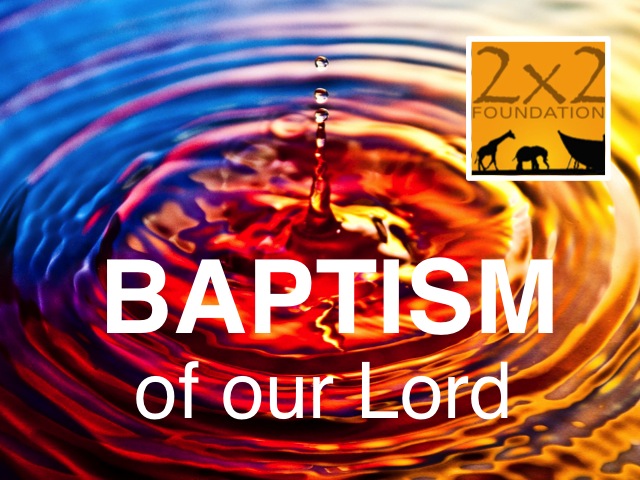Follow Me!: Appreciating Discipleship
In today’s gospel. Jesus calls his first disciples.
What does it mean to follow Jesus?
Today’s object is a pull toy. Any pull toy would work, but one with some extra duckies or cars would be best. Have a youngster pull the toys as you talk. Some mishaps are likely and that can weave into your message.
Pull toys are among the first toys we give our children. They become leaders as soon as they take their first steps.
Here’s the analogy. The person pulling the toy is the leader. The puller can be God/Christ with people connected by a tether of faith, supported by the Word.
But the analogy can expand. The followers can be a succession of the faithful. But following is rarely a straight line. The cars or duckies can topple and make life more difficult for those following. The tether can become tangled. Oh my!
The role of follower or modern disciple is not easy. It never was. We have the Bible to follow. Then comes doctrine. There are constitutions (tons of them). There are professional church leaders. There are lay leaders of various sorts. There is tradition.
And then there is conscience. What place does this have?
The water is murky for us modern disciples.
Suggest this: A good follower is also a good leader. Each of us is tethered to others. This gives us responsibility.
Too often church leaders think of followers as help that works sacrificially at the grunt jobs for an occasional earthly attaboy or attagirl and the promise of a seat at the heavenly table.
To some, a good church follower doesn’t question and contributes healthily to the expenses of the church.
A good follower is a repetitive church statistic—the one you can count on over and over. If your monthly attendance is 1000, that probably includes 200 counted four times!
In today’s Gospel, the first disciples gather around Jesus. Some show up on their own, encouraged by friends.
The first step in discipleship is showing interest.
Look around your congregation and ask how many qualify so far.
The second job is to accept the invitation. The disciples had to agree to leave wife, parents, and their source of income.
Ask how many in the congregation are still “in.”
This should bring a chuckle. To do so today would be an extreme gesture of devotion. It was in Jesus’ day, too! Does anyone expect this measure of devotion today?
A brief review of the ups and downs of the biblical disciples is in order. They questioned. They made mistakes—huge mistakes. They took ridicule — sometimes even from Jesus. They suffered. They kept coming back. In the process, they became leaders.
So what do we expect of today’s followers? Serious answers to this question could be revealing.
- We expect monetary support.
- We expect attendance.
- We expect baptism. Why isn’t the baptism of the disciples memorialized in today’s gospel?
- We expect some form of labor. How’s the plea for volunteers going in your church?
- We expect followers to be hungry to learn. Why is adult education so poorly attended?
- We expect participation in church government. What barriers do we set up to control participation?
- Do we expect innovation? Do we allow for missteps along the way?
- Do we expect questions to lead to thought leadership?
- Are we more interested in bringing people to Christ or bringing them to the Church?
- Which of these questions is most important?
There are many possible questions! Let them flow.
What is expected of followers of Christ?
Are we a simple pull toy? Or are there multiple tethers at work? (If your group is small, you might ask them to draw how they might illustrate their church structure as a pull toy.)
photo credit: D. Bjorn, Catchin’ Up via photopin cc







